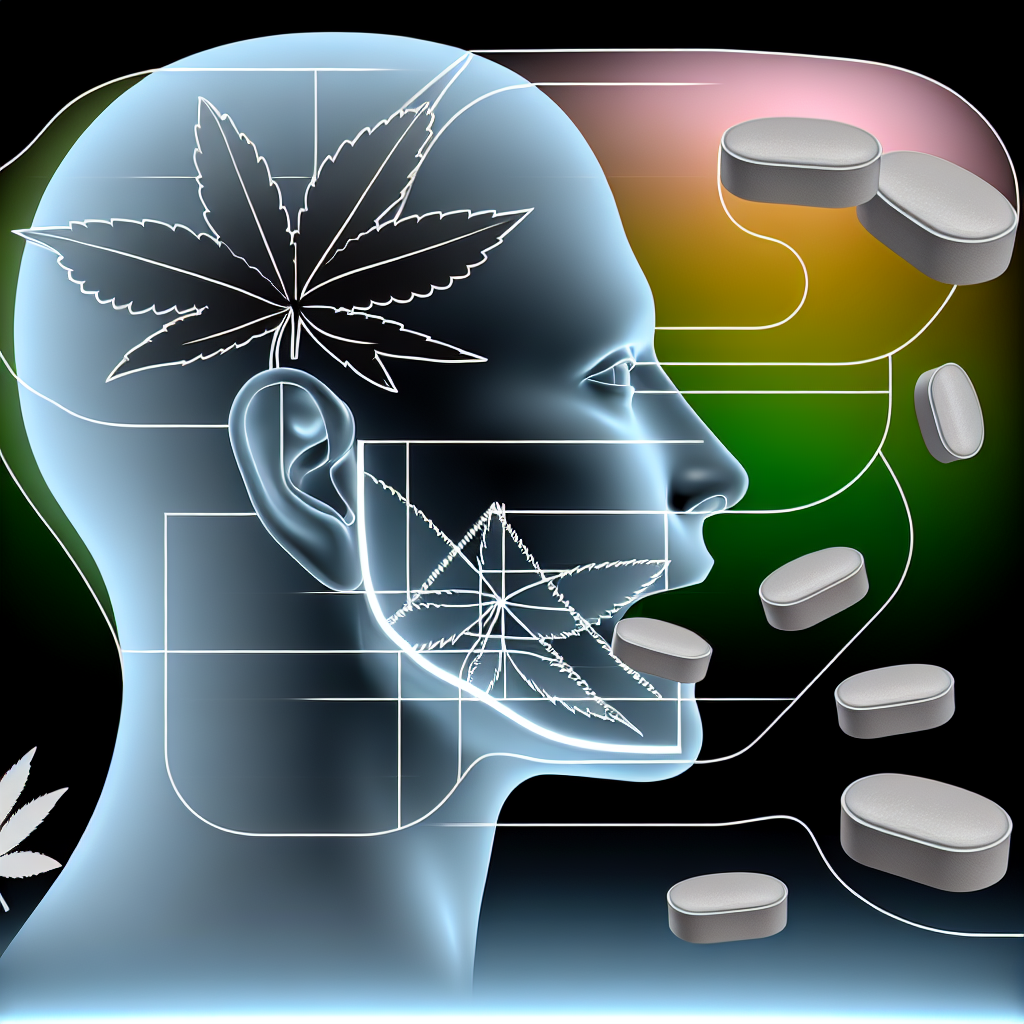Understanding the Complex Nature of Chronic Pain
Chronic pain is more than just a medical condition; it is a multifaceted challenge that disrupts physical, emotional, and social well-being. Conditions such as arthritis, neuropathy, and back pain represent only a fraction of the ailments responsible for the widespread prevalence of chronic pain. For many, standard treatments—ranging from over-the-counter pain relievers to prescription opioids—provide limited relief and introduce complications, including dependency, tolerance, and severe side effects.
Cannabis as a Therapeutic Alternative
In response to these limitations, the resurgence of cannabis as a therapeutic agent has sparked both excitement and controversy. With roots tracing back thousands of years, cannabis has been used for pain relief in various cultures. Its modern application, however, is firmly anchored in scientific research, particularly in its interaction with the body’s endocannabinoid system. Cannabinoids like THC and CBD demonstrate the ability to modulate pain pathways, reduce inflammation, and improve overall well-being.
Exploring Cannabis in Pain Management
This article examines cannabis as a potential solution for chronic pain, discussing its biological mechanisms, scientific validation, and long-term applications. By exploring these elements, readers will gain a clearer understanding of how cannabis fits into the broader spectrum of pain management.
Scientific Evidence and Clinical Applications
The efficacy of cannabis in managing chronic pain is well-supported by a growing body of research. Its unique ability to address various dimensions of pain sets it apart from traditional treatments.
Understanding the Scientific Foundations
Cannabis interacts with the endocannabinoid system, particularly CB1 and CB2 receptors. CB1 receptors in the central nervous system influence the transmission of pain signals. CB2 receptors found in immune tissues are critical in reducing inflammation. This dual receptor interaction allows cannabis to address both neuropathic and inflammatory pain.
Research Findings and Clinical Studies
A meta-analysis in The Journal of Pain (2021) reviewed over 20 randomized controlled trials, finding that patients with conditions like fibromyalgia and neuropathy experienced significant pain relief with cannabis use. Research in Addiction Medicine (2020) highlighted that medical cannabis reduced opioid consumption in 40% of patients, showcasing its potential as a safer alternative.
Additional Benefits Beyond Pain Management
Sleep disorders, often exacerbated by chronic pain, show marked improvement with cannabis. A study published in Sleep Health (2019) found that patients using cannabis reported faster sleep onset and reduced nighttime awakenings. CBD, a non-intoxicating cannabinoid, has shown promise in reducing anxiety, a common comorbidity of chronic pain, enhancing patients’ overall quality of life.
Establishing Long-Term Management Protocols
Effectively utilizing cannabis for chronic pain requires a structured, patient-centric approach. Here are the key components:
Personalized Treatment Approaches
Initiating treatment with minimal doses of THC or CBD and gradually titrating upward ensures optimal efficacy with minimal side effects. Balancing THC and CBD ratios is critical for targeting specific pain profiles while minimizing psychoactive effects.
Various Administration Methods
Different formulations cater to diverse patient needs: Inhalation (vaping or smoking): Rapid onset of relief, ideal for breakthrough pain. Edibles and oils: Provide sustained effects, suitable for ongoing pain management. Topical creams: Target localized pain without systemic effects.
Comprehensive Treatment Integration
Cannabis should be part of a comprehensive pain management plan that includes: Physical rehabilitation: Exercises to strengthen muscles and improve mobility. Dietary modifications: Anti-inflammatory foods, like turmeric and omega-3-rich fish, can complement cannabis therapy. Mindfulness practices: Meditation and cognitive-behavioral therapy can help manage the psychological aspects of chronic pain.
Importance of Medical Supervision
Healthcare providers play a vital role in evaluating the effectiveness of cannabis therapy. Regular assessments help identify the need for adjustments in dosing, product selection, or complementary treatments.
Understanding Potential Challenges
Despite its potential, cannabis therapy is not without challenges: Side Effects: While generally well-tolerated, some patients report dry mouth, dizziness, or mild cognitive impairment, particularly with THC-dominant strains. Legal and Accessibility Issues: Varying laws across regions may limit access, and inconsistent product quality underscores the importance of choosing lab-tested options.
Looking Toward the Future
Cannabis stands at the crossroads of traditional medicine and modern innovation, offering a multifaceted approach to chronic pain management. By targeting the root causes of pain and addressing secondary challenges like sleep disturbances and anxiety, it provides a comprehensive solution for patients seeking sustainable relief. As scientific research and public acceptance continue to grow, cannabis is poised to become an integral part of holistic pain management.
Research Citations
References:
Häuser, W., et al. (2021). “Cannabis-based medicines for chronic neuropathic pain.” Pain Reports.
Whiting, P. F., et al. (2015). “Cannabinoids for medical use: A systematic review and meta-analysis.” JAMA.
Boehnke, K. F., et al. (2020). “Cannabis use to manage pain and promote sleep.” Sleep Health.
Vigil, J. M., et al. (2018). “Effects of medical cannabis legalization on opioid prescriptions.” Addiction Medicine.




